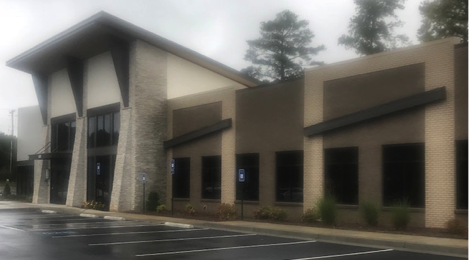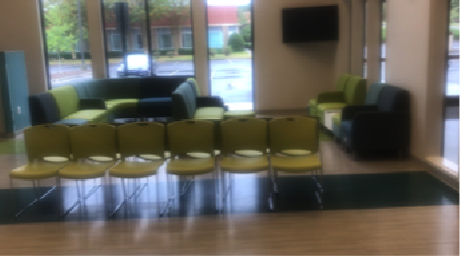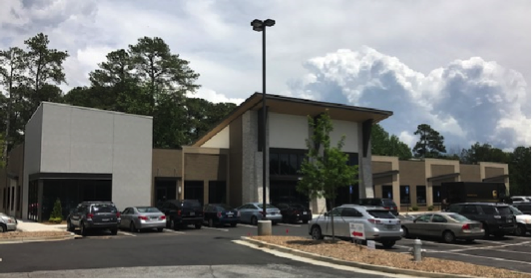Medical office: Trends disrupt traditional patterns
Today, we are finding that even Physicians have discussions about their workplace in in the medical office. Some shift in thinking is causing a pattern interrupt for practices that are seeking to maximize the patient experience and create efficiencies to provide the best quality care while balancing profitability. The new school thinking is that even the Doctor’s office should look and feel different, more appealing to patients and staff. No doubt that Millennials are expected to affect the future of healthcare..
Clearly, physicians today are thinking about the future of the practice and it’s lifeblood, the patients. It’s been noted that often women make most healthcare decisions for the family so, design and convenience is often planned from that perspective. Further, we’ve shifted to a more consumer driven focus even for healthcare decisions. The compelling forces today are that we’re spending more on healthcare and we want to do so in locations that are convenient. In turn, Physicians are thinking critically about practice real estate needs to reflect the changing behaviors and attitudes.
Perhaps the early adopters were the high end dermatology or surgery offices catering to elective procedures and the dollars that follow. Many more traditional specialties have jumped on board. Take for example, pediatrics – given the complex patient, mom and child, pediatric offices are seeing firsthand that their medical office environment is an important element in patient care and satisfaction as well as a direct reflection of practice culture. In a sense they too need to differentiate and compete for patients and are more focused on thinking about the myriad issues like location, access, and yes, cleanliness when making decisions about the practice..
There is yet another a factor – economics. While typically it’s the financial types to focus on key metrics and efficiency, some practices have also begun to explore space efficiency and even throughput of patients during the visit.
At Pediatrics of Lawrenceville (PAL), Dr. Anu Sheth has acknowledged the need to make changes at her practice and in her office. She invested a lot of time, evaluation and thought prior to her recent office relocation and office construction. Despite numerous explorations with space planners to reconfigure her old office, the time, cost and impact to operations proved it that would not payoff further underscoring the need to rethink the physical home of the practice.
Dr. Sheth had a specific vision for how to care for the whole patient. Further, she feels that the identity of the practice is paramount and it is communicated by its office look, feel and the interaction with staff. After being in her previous office for 10 years she began to feel that her future vision, which included additional growth was limited by the physical space. At the time, PAL was offering services to care for patients beyond essential pediatric care including ENT, allergy testing and QB testing for ADHD. These were deemed essential services but the practice could not expand them. Further, the current number of exam rooms impeded a desire to add another physician provider.
At PAL, Dr. Sheth explained the design called for an open, bright and engaging space. From the moment of entry the waiting room signals a very clean feeling, critical in pediatrics. Further, specific design elements including demised areas within the sick waiting helped address specific conditions that require minimizing exposure to germs.
Recognizing the value of staff, their happiness and its impact on patient Dr. Sheth also wanted to offer a healthy workplace that supports employees’ well-being. The result included a more ergonomic nursing space, enhanced administrative space and a break kitchen to accommodate employees especially those with a desire to bring and prepare their own meals.
Over time in many doctor’s offices inefficiencies are created in the designated areas for nurses and physicians that result in extra distances and walking that present challenges or delays. At PAL, the nursing areas were well thought out as to not only their locations near assigned physician exam room pods, but a deliberate assessment of how the space is actually used and an appropriate design for the nurses.
Dr. Sheth noted that the ability to customize the space was the most impactful to the practice. When it comes to exam rooms patients need to feel comfortable. There’s a trend for more pleasing exam rooms and slightly larger too – Today, more education is taking place in exam rooms with extended family members attending as well. Technology enhancements like Electronic Medical Records (EMR) drive the need to plan to plan out rooms carefully.
Designing exam rooms for better sound protection and privacy as well as advanced technology helps ensure the most satisfactory patient experience. Additionally, a dedicated wing for administrative functions ensures privacy and data security. Lastly, technological advancements like cloud storage and a shift to Electronic Medical Records (EMR) have contributed to reduced overall administrative space. This often results in greater space efficiency and a focus of investing dollars in patient care areas.
Strong leaders take the necessary action and often find ways to infuse their culture and values in every aspect of the practice. It’s a happier and more productive staff when they feel personally invested in the practice. While the patients are key at PAL, the staff gets attention too. The break area allows more room for whole team to gather comfortably for internal meetings and more importantly, social gathering.




